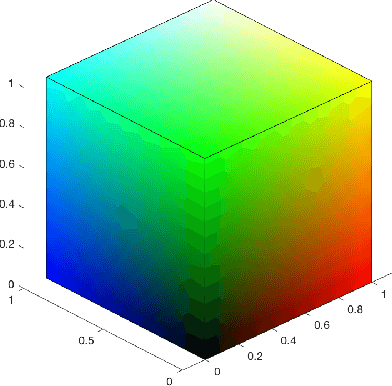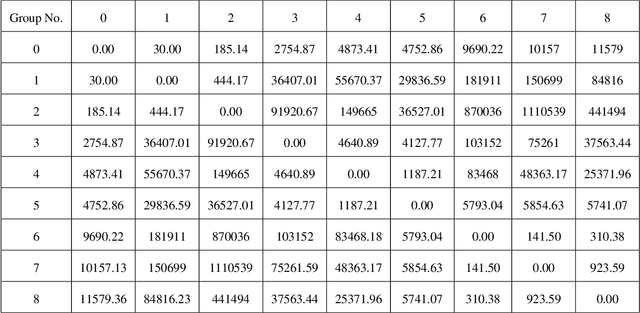Nonparametric Data Analysis on the Space of Perceived Colors
Paper and Code
Apr 05, 2020



Moving around in a 3D world, requires the visual system of a living individual to rely on three channels of image recognition, which is done through three types of retinal cones. Newton, Grasmann, Helmholz and Schr$\ddot{o}$dinger laid down the basic assumptions needed to understand colored vision. Such concepts were furthered by Resnikoff, who imagined the space of perceived colors as a 3D homogeneous space. This article is concerned with perceived colors regarded as random objects on a Resnikoff 3D homogeneous space model. Two applications to color differentiation in machine vision are illustrated for the proposed statistical methodology, applied to the Euclidean model for perceived colors.
* 13 pages, 5 figures
 Add to Chrome
Add to Chrome Add to Firefox
Add to Firefox Add to Edge
Add to Edge